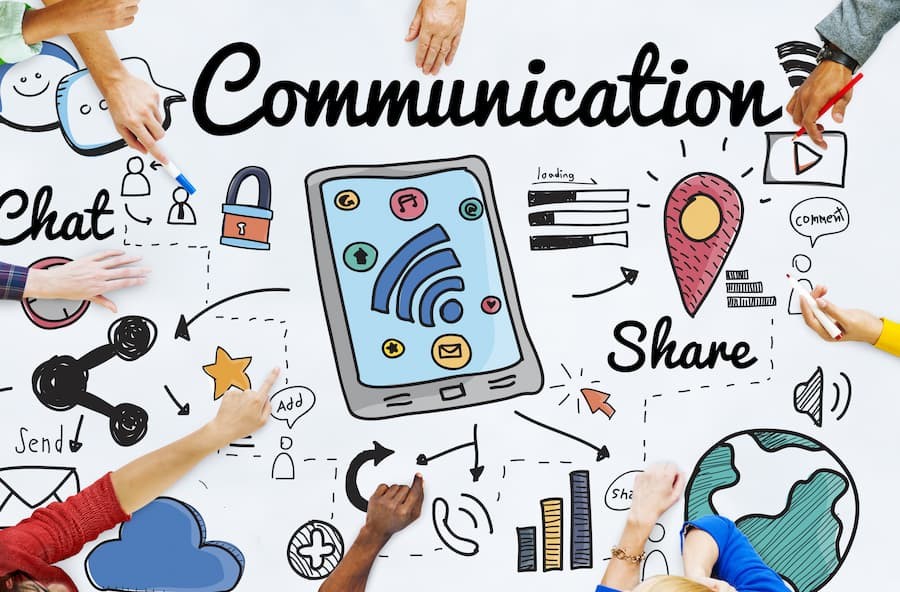Introduction: Communication is the cornerstone of human interaction, serving as the foundation upon which relationships are built, ideas are exchanged, and progress is made. While words carry the explicit message, it’s often the non-verbal cues that add depth and nuance to our interactions. Mastering both verbal and non-verbal communication is essential for fostering understanding, empathy, and connection in both personal and professional spheres.
Verbal Communication: Verbal communication encompasses the words we speak, the tone of our voice, and the way we structure our sentences. Here are some tips to enhance your verbal communication skills:
- Clarity is Key: Speak clearly and concisely, avoiding jargon or overly complex language that may confuse your audience.
- Active Listening: Pay attention to what others are saying and respond thoughtfully. Acknowledge their points before expressing your own thoughts.
- Tone and Inflection: The tone of your voice can convey a wealth of information about your emotions and intentions. Ensure your tone matches the message you want to convey.
- Empathy: Show empathy by using phrases like “I understand” or “That must have been difficult.” This demonstrates that you are actively engaged in the conversation and value the other person’s perspective.
Non-Verbal Communication: Non-verbal cues, including body language, facial expressions, and gestures, often speak louder than words. Here’s how you can harness the power of non-verbal communication:
- Eye Contact: Maintain eye contact to convey confidence and sincerity. However, be mindful not to stare, as this can come across as aggressive or confrontational.
- Posture: Stand or sit up straight to project confidence and attentiveness. Slouching or crossing your arms may signal disinterest or defensiveness.
- Facial Expressions: Your facial expressions can reveal a wealth of emotions. Smile to convey warmth and approachability, and avoid frowning or scowling, which can signal displeasure or disagreement.
- Gestures: Use purposeful gestures to emphasize key points and add visual interest to your communication. However, be mindful of over-gesturing, which can be distracting.
The Power of Alignment: Effective communication occurs when verbal and non-verbal cues are aligned, reinforcing each other to convey a coherent message. Here’s how you can ensure alignment in your communication:
- Consistency: Ensure that your verbal and non-verbal cues are consistent with each other and with the message you want to convey. Inconsistencies can lead to confusion or mistrust.
- Practice Mindfulness: Be mindful of your body language and vocal tone, especially in high-stakes or emotionally charged situations. Take a moment to pause and collect your thoughts before responding.
- Feedback: Solicit feedback from trusted colleagues, friends, or mentors to identify areas for improvement in your communication style. Constructive criticism can help you refine your skills and become a more effective communicator.
- Continuous Learning: Communication is a dynamic skill that can always be honed and refined. Stay curious and open to new techniques and strategies for improving both your verbal and non-verbal communication skills.
Conclusion: Mastering the art of effective communication requires attention to both verbal and non-verbal cues. By enhancing your clarity, empathy, and active listening skills in verbal communication, and by harnessing the power of body language, facial expressions, and gestures in non-verbal communication, you can foster deeper connections, build stronger relationships, and achieve greater success in both your personal and professional life.


